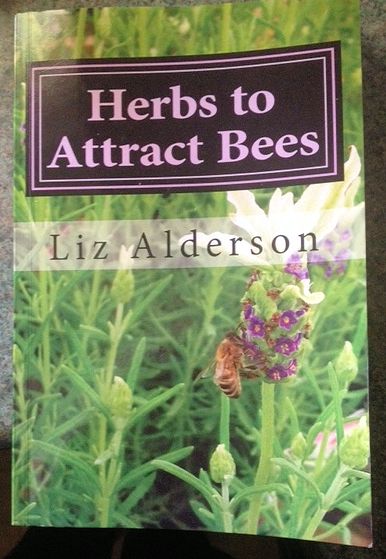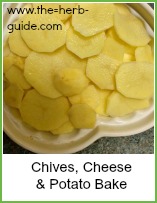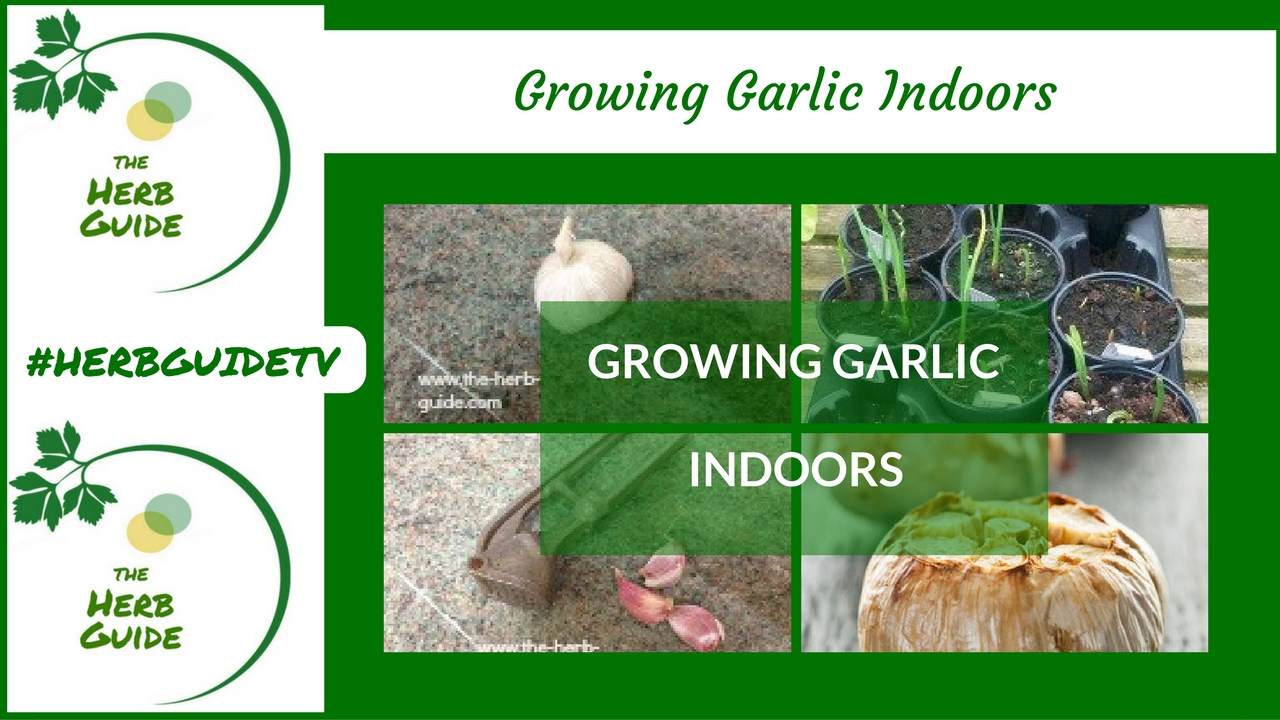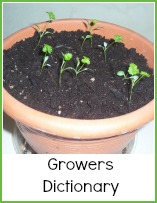- The Herb Guide Home
- A-Z Herbs
- Growing Chives
Growing Chives
As an Amazon Associate I earn from qualifying purchases
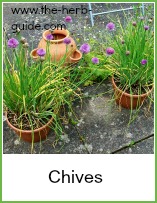
Growing chives is relatively easy - they grow themselves really and all you need to do is look after the plants - water them and divide the clumps of bulbs when they get too crowded.
Chives are an exceptionally good plant for feeding bees - they love their purple flower globes, so grow some extra clumps away from your sitting area and let them flower to feed the bees.
Chives for Summer
Chives are the smallest member of the onion family. There are several varieties, but the common garden chive is fine and hardy.
Save the Planet - urban bees are doing better than country bees - read how you can help the 'cause' - all is not lost!
- cultivation tips
- herbal cosmetics
- herbal remedies
- preserve herbs
- 150 bee friendly plants
- cope with bee stings
- gardener's glossary
All this and more - available now via Amazon (Kindle version as well as paperback)
You can sow seeds in the early spring, but it will be a year or more before you can harvest the plants.
My best advice is to either buy a ready established plant or to find a friend who is already growing chives and beg some of their bulbs. The soil needs to be fertile and moist - chives, like all onions, take a lot out of the soil. Enrich the soil with compost, ground coffee beans or weathered soot. A good loam soil is the best. They don't mind light shade - not very fussy about the aspect and are quite hardy, withstanding even hard frosts.
Chives are perennial - that means they come up year after year, dying down in the late autumn to reappear again the following spring.
Lift and divide the clump every three years or more often if it becomes very crowded.
You will find that once you start using fresh chives in the kitchen, you will cut and cut again - it adds a delicate flavour to omelettes, cheese dishes, potato recipes and salads.
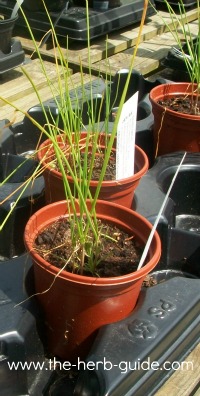
Garlic Chives
Two or three clumps should be enough though as they do reproduce efficiently year on year.
Keep them well watered - in fact, chives thrive near water - so they would make a lovely edging to a pond.
The flowers are lovely to look at, but if you're using the chives for the kitchen, then nip out the flowers as they form.
OR you can use the flowers - pull the petals away from the base and scatter over salads or other dishes.
If at all possible, keep the chive patch free of weeds - it's virtually impossible to get weeds from within the clump - the roots tangle with the bulbs and the only way to get it weed free then is to lift the whole clump and tease the weeds out.
Growing chives for winter use
You can extend the season for growing chives by using a cloche or similar protection well into the winter and the plants should shoot again early if you leave them protected.
It is quite possible to grow chives indoors - or in an unheated greenhouse.
When you are dividing your clumps, take the smaller bulbs and pot up into a good quality compost.
Cut the leaves back to about 2 inches overall and cut back regularly through the winter - the leaves will shoot green and bright if the plants are kept moist.
They don't need a lot of heat - an unheated porch would be best if you can manage it - but the kitchen windowsill would be fine.
Also, try a liquid feed once every month whilst you're growing chives in pots - have a look at what's available at your garden centre, paying particular attention to the fact that the chives are an edible crop.
I actually do have chives growing in my garden all year round - they never die down if you live in a milder climate.
Rescue Remedy for Chives
Well, if you've inherited a nice clump of chives in your new garden, you're very lucky.
Give the area a thorough weeding - take great care around the growing chives, but if they are very weed infested, the only solution open to you is to dig up the clumps and carefully tease the weed roots away from the bulbs and then replant carefully.
If the plants are very brown or stunted, give them a good 'haircut' down to about 3 inches from the ground - they will soon start to shoot again if the weather is warm.
Nip off any flowers and keep the clump well watered.
Give the soil a good dressing of either compost, ground coffee beans or weathered soot.
Alternatively buy a liquid or granular feed at the garden centre. Have a good read of the labels to make sure that the feed is suitable for edible plants and follow the instructions on the packet for treatment. Personally, I prefer a liquid feed as it is easier to measure and use.
Apart from that, there's little to do - water, weed and cut carefully through the growing season.
More excellent herbal pages of interest to you here
I may receive a commission if you purchase something mentioned in this post. See more details here This will not affect the amount you pay.

